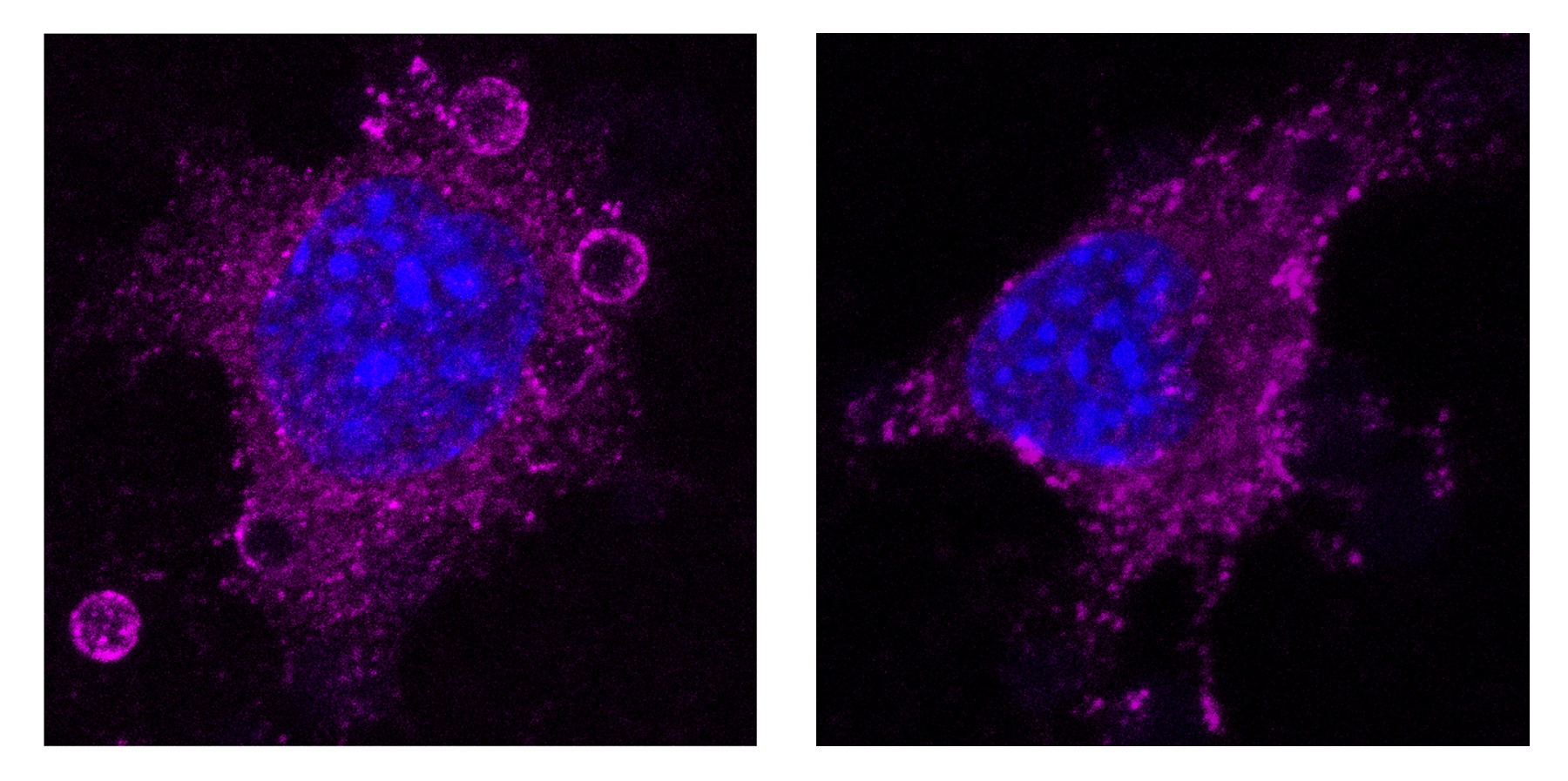News search
|
Research 23 Dec 2022 A study published in Nature Cell Biology confirms that caveolae are essential for the mechanical responses of tissues subject to large mechanical forces (such as muscle, heart, blood vessels, and fat), whereas larger membrane depressions (termed 'dolines') are important for the response to weak or medium-strength forces |
|
Research 13 Dec 2022 A new study published in eLife shows that small cups or nanofolds on the cell membrane called caveolae, by limiting abrupt changes in membrane tension, regulate the number and activity of mechanical microsensors on the cell surface called integrins |
|
About the CNIC 8 Jun 2021 Dr Enríquez and Dr del Pozo Muñoz join their colleagues Dr Miguel Torres, Dr Pura Muñoz and Dr Francisco Sánchez Madrid, bringing to five the number of CNIC members in EMBO |









